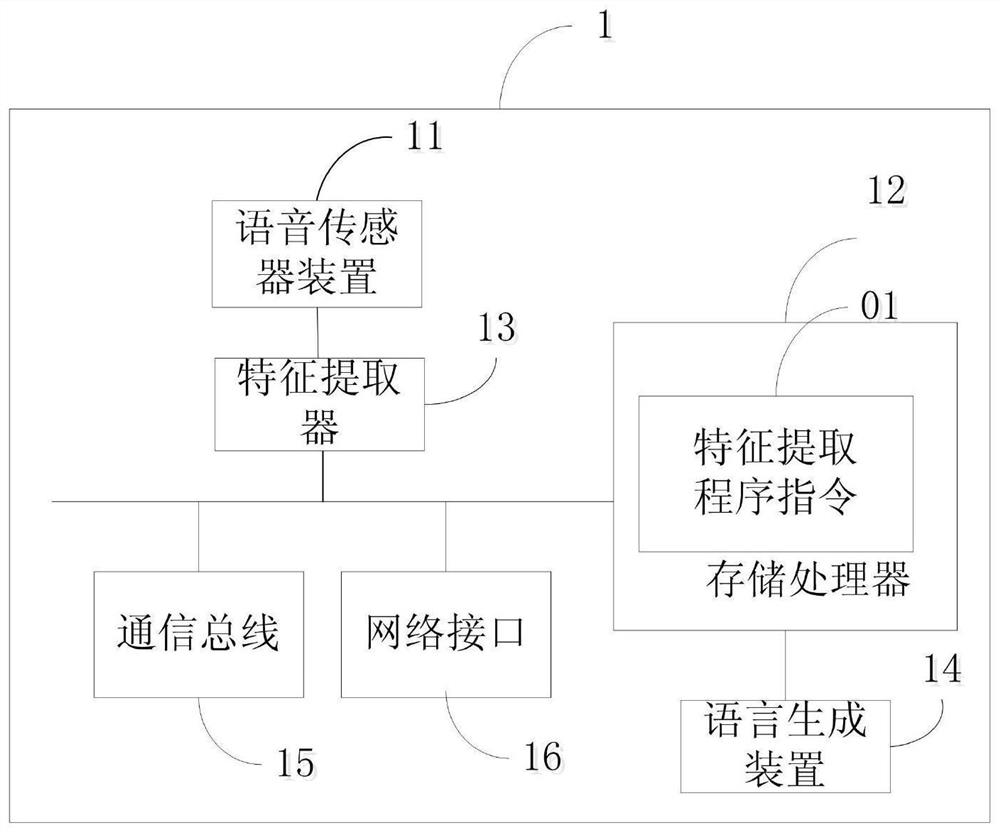Method for realizing distributed intelligent interaction by adopting natural language, and system
A natural language and intelligent interaction technology, applied in the field of intelligent interaction, which can solve the problems of semantic errors, the inability of the dialogue system to give a satisfactory answer, and the monotonous input and output of speech recognition.
- Summary
- Abstract
- Description
- Claims
- Application Information
AI Technical Summary
Problems solved by technology
Method used
Image
Examples
Embodiment Construction
[0117] It should be understood that the specific embodiments described here are only used to explain the present invention, not to limit the present invention.
[0118] While accurately recognizing the user's voice, according to the user's voice recognition result and the context of the recognition result, a fluent and informative reply is made to realize intelligent interaction. refer to figure 1 As shown in FIG. 1 , it is a schematic flowchart of a method for implementing distributed intelligent interaction using natural language provided by an embodiment of the present invention.
[0119] In this embodiment, the implementation method of distributed intelligent interaction using natural language includes:
[0120] S1. Receive a user's voice signal, and perform pre-emphasis, windowing and framing on the user's voice, and VAD detection based on step-by-step segmentation.
[0121] First, the present invention receives the user voice signal, and performs corresponding voice si...
PUM
 Login to View More
Login to View More Abstract
Description
Claims
Application Information
 Login to View More
Login to View More - Generate Ideas
- Intellectual Property
- Life Sciences
- Materials
- Tech Scout
- Unparalleled Data Quality
- Higher Quality Content
- 60% Fewer Hallucinations
Browse by: Latest US Patents, China's latest patents, Technical Efficacy Thesaurus, Application Domain, Technology Topic, Popular Technical Reports.
© 2025 PatSnap. All rights reserved.Legal|Privacy policy|Modern Slavery Act Transparency Statement|Sitemap|About US| Contact US: help@patsnap.com



